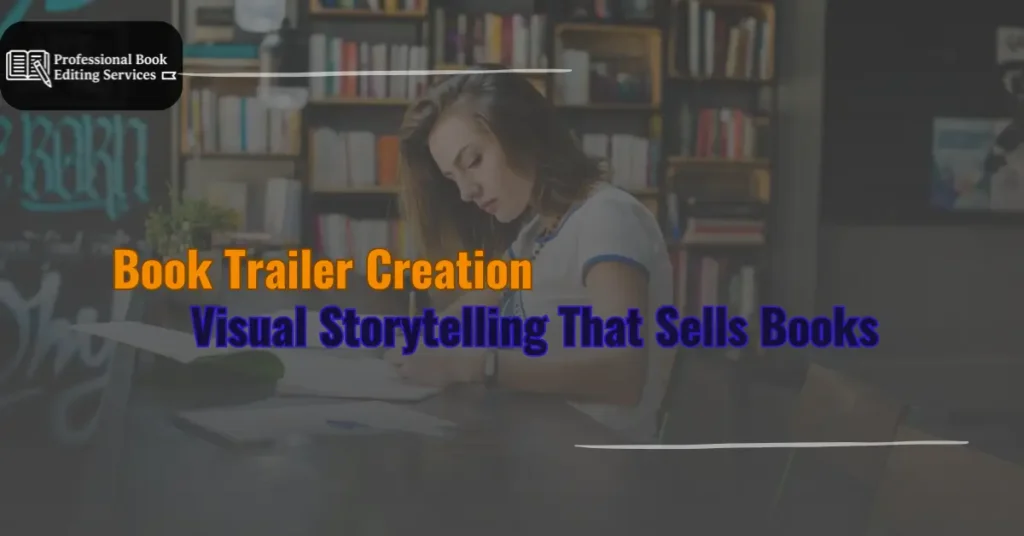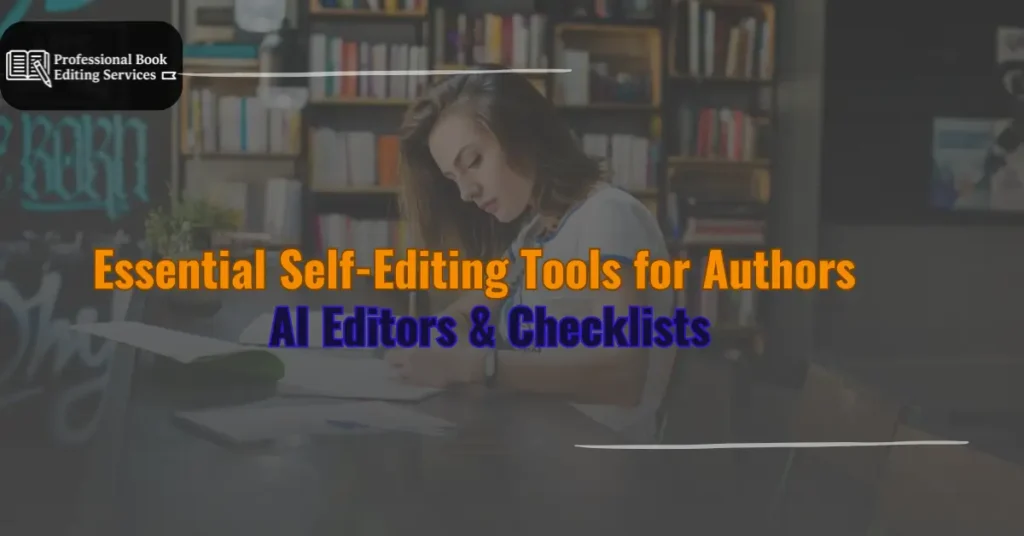Everyone can think up a fictional story, but only a few talented ones can create one, and an even smaller number can get it published. One professional that these writers need to create a publish-ready story is a professional fiction book editor.
Fantasy fiction pulls readers into realms where anything is possible, provided it feels real. Whether it’s kingdoms locked in eternal war, hidden cities in the sky, or forests guarded by ancient spirits, fantasy thrives on imagination. But even the most creative world needs structure. That’s where fantasy book editing steps in.
A compelling fantasy novel balances vivid settings, magical logic, and emotional depth. If any one of those falls out of place, the illusion breaks. Editors work to keep that illusion intact, not by limiting creativity, but by guiding it toward clarity, consistency, and narrative strength.
Many writers think fantasy gives them total freedom. And while that’s partly true, readers still expect internal logic, believable characters, and steady pacing. Without these, even the most beautiful world can lose its impact. Editors help ensure that doesn’t happen.
Internal Logic is Non-Negotiable
Magic can do anything, except break its own rules. In fantasy, systems of magic, technology, or mythical beings must operate with structure. If readers sense inconsistency, trust in the world dissolves.
Editors begin by analyzing the internal logic. Are the rules of the magic system clear? Are they upheld consistently across scenes? Do characters conveniently forget abilities to create tension, or use powers without consequences?
This work is central to fantasy book editing. It mirrors the logic checks performed in science fiction editing, where futuristic technologies and speculative worlds also require coherence. In both cases, the extraordinary must still make sense.
Good editing strengthens the world rather than shrinking it. When systems are stable, stories feel grounded, even if they take place on floating continents or inside dreams.
World-Building Needs Structure
Fantasy worlds are often vast, with layered histories, political systems, cultures, and languages. While these add richness, they can also overwhelm the reader or the plot.
Editors help writers shape these elements so they serve the story. They ask: Is this information relevant to the character’s journey? Does it advance the plot or reveal something meaningful? Can it be shown through action instead of exposition?
This doesn’t mean removing world-building. It means weaving it naturally into the story. When done right, the world emerges through character interactions, challenges, and discovery, not info dumps.
Writers who’ve worked in non-fiction editing or self-help book editing may need to adjust their approach. Fantasy isn’t about instructing, it’s about unfolding. Editors keep the pace tight while allowing space for the reader to explore.
Balancing Description with Action
One of the most common challenges in fantasy is over-description. Rich settings invite long passages of visual detail. But too much slows momentum and distracts from the plot.
Editors evaluate whether scenes move or stall. They suggest where to trim descriptions, break them into smaller moments, or integrate them with action. A city can be revealed through a chase. A culture can be understood through a conversation.
Fantasy is about tension, stakes, and movement through a world that feels alive. This editing principle also applies in thriller editing, though in different ways. In both genres, clarity and motion keep the reader engaged, even if the scenery changes drastically.
Character Arcs Still Matter
While fantasy often leans on setting and lore, it’s character arcs that keep readers invested. Editors work to make sure every character has clear goals, internal conflict, and transformation.
This is especially important in ensemble casts or long story arcs, where character journeys can become tangled or inconsistent. Editors track progress and emotional rhythm to ensure each arc lands where it should.
Even protagonists in high fantasy, YA quests, or dark epic sagas need to evolve. If their actions don’t match their growth, readers notice.
This focus on emotional development echoes approaches found in romance novel editing and memoir editing, where internal shifts are central to the story. In fantasy, emotional grounding helps readers connect, even in the most fantastical settings.
Maintaining Consistency Across the Board
Fantasy novels often involve shifting perspectives, large casts, invented terms, and complex timelines. Without consistency, the story becomes confusing fast.
Editors track names, spellings, places, titles, and timeline events to ensure everything stays aligned. They build style sheets and use editorial tools to catch contradictions early.
Consistency is about credibility. If the capital city’s name changes halfway through the book, the illusion breaks. If a character’s eye color or backstory shifts, readers get pulled out of the story.
Writers transitioning from genres like YA book editing or children’s book editing may already be familiar with these concerns. But the scale of fantasy demands even closer attention.
Clarifying Plot and Theme
Fantasy can carry complex themes, identity, sacrifice, oppression, freedom, and legacy. But themes only resonate if the plot reveals them clearly. Editors look at how events unfold. Does the plot reinforce the theme? Do character decisions reflect deeper conflicts? Are there moments where the theme is stated rather than shown?
Editors may suggest rearranging scenes, cutting diversions, or reworking dialogue to better reflect the story’s core message. They also look for plot holes, pacing issues, and unclear motivations that dilute the impact.
This attention to alignment is similar to what happens in YA fantasy editing, where theme, tone, and pacing must stay in sync to appeal to young adult audiences. But the principle applies to fantasy of all types: clarity strengthens impact.
Editing Across Subgenres
Fantasy isn’t one thing. It can be epic, dark, romantic, humorous, historical, or cross-genre. Editors adapt based on tone, audience, and scope. In high fantasy, they may focus on world structure and system clarity. In urban fantasy, they might refine tone and dialogue. In romantic fantasy, they guide emotional pacing and intimacy arcs.
Understanding these subgenre expectations helps editors make better decisions about pacing, language, and structure. Writers may find overlaps with other genres they’ve explored, such as short story editing, historical fiction editing, or even poetry editing, especially in how tone, voice, and structure work together. A flexible editor knows how to blend those influences without losing the core fantasy experience.
Getting Feedback Early
Fantasy drafts tend to be long. The worlds are intricate, and the stakes are high. That makes early feedback even more valuable.
Beta readers and editors can identify clarity issues, tone problems, or world-building confusion long before the manuscript reaches a final draft. Their insights help the writer focus revisions on areas with the most impact.
Authors should also take advantage of self-editing tools for writers during early passes. These tools can catch passive voice, overused words, or sentence-level clutter, making the draft easier for an editor to work with.
Good editing begins long before the formal editorial process. It starts with awareness, preparation, and a willingness to rethink the draft as many times as needed.
Conclusion
Fantasy gives writers a unique gift: freedom to build from nothing. But that freedom comes with responsibility. Readers need to feel grounded, even in the most extraordinary worlds.
Fantasy book editing is where imagination meets craft. It’s the process that transforms sprawling ideas into coherent, compelling stories. From managing magic systems to refining emotional arcs, editors help authors make the impossible feel real.
And the best part? The magic stays. It just becomes easier to follow, easier to feel, and impossible to forget.





